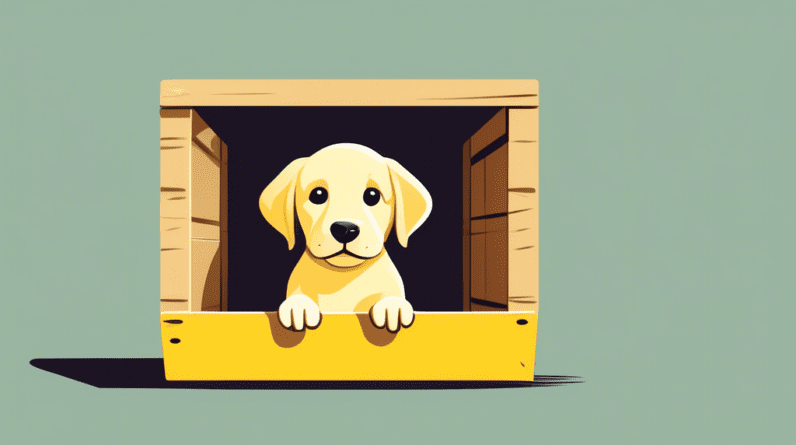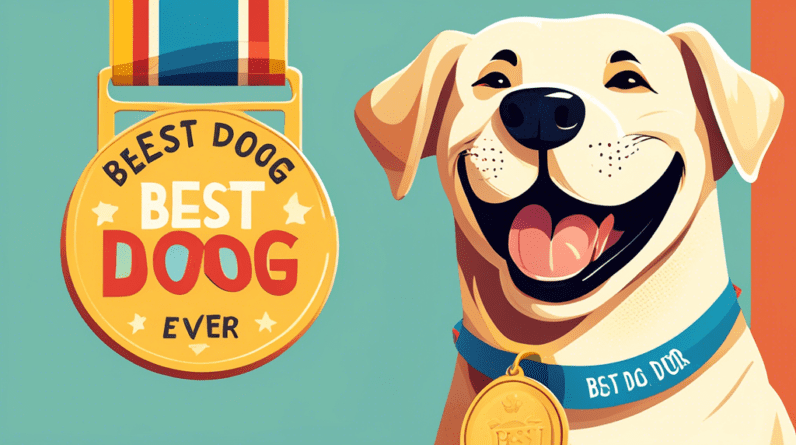
What Size Crate Does a Lab Need? Choosing the Right Fit
Why Crate Training is Beneficial for Your Lab
Crate training, when done correctly, offers a safe and comfortable haven for your furry friend. Here’s why it’s great for Labs:
- House Training: Dogs instinctively avoid soiling their sleeping area. A properly sized crate aids in potty training by limiting space.
- Safety and Security: A crate can be a secure place for your Lab when you’re away, preventing destructive chewing or potential dangers.
- Travel Ease: A familiar crate provides comfort and reduces stress during car rides or travel.
- Structured Environment: Especially for energetic puppies, a crate provides a sense of security and helps establish a routine.
Understanding Crate Size: Why It Matters
Choosing the right crate size for your Lab is crucial. A crate that’s too small will be uncomfortable, while one that’s too large defeats the purpose of house training and can make your dog feel insecure.
A proper-fitting crate allows your Lab to:
- Stand up comfortably without their head touching the top.
- Turn around easily without being cramped.
- Lie down and stretch out fully.
Determining the Right Crate Size for Your Lab
1. Measure Your Lab
Using a measuring tape, measure your Lab from nose to tail (excluding the tail) and from the top of their head to the ground (while standing).
- Length: Measure from the tip of the nose to the base of the tail (where it meets the body).
- Height: With your dog standing tall, measure from the floor to the top of their head (or ears if they stand erect).
2. Factor in Growth Potential (for Puppies)
Labrador puppies grow quickly! When measuring a puppy, add 4-6 inches to both length and height measurements to accommodate their future size.
3. Consult Crate Size Charts
Once you have your Lab’s measurements, refer to crate size charts (available online or at pet stores) to find the appropriate crate dimensions.
Crate Size Chart for Labrador Retrievers (General Guideline)
| Labrador Size | Crate Size (Length x Width x Height in inches) |
|---|---|
| Small/Miniature Lab | 36L x 23W x 27H |
| Average/Medium Lab | 42L x 28W x 30H |
| Large Lab | 48L x 30W x 33H |
Note: These are estimates. Always double-check your Lab’s specific measurements against the manufacturer’s crate dimensions.
Types of Crates Suitable for Labs
Labradors can benefit from various crate types, each with pros and cons:
1. Wire Crates:
- Pros: Excellent ventilation, lightweight, foldable for storage, affordable.
- Cons: May not be suitable for heavy chewers, can be bulky even when folded.
2. Plastic Crates:
- Pros: Durable, secure for travel (airline-approved options available), provide a greater sense of den-like security, easier to clean.
- Cons: Heavier, less ventilation (ensure adequate airflow), can be bulky.
3. Soft-Sided Crates:
- Pros: Lightweight, portable, comfortable, good for travel.
- Cons: Not suitable for heavy chewers or dogs who scratch a lot, less durable than other options.
Making the Crate a Welcoming Space
A crate should never be a punishment. Help your Lab associate it with positive experiences:
- Gradual Introduction: Don’t force your Lab into the crate. Let them explore it at their own pace, tossing treats and toys inside.
- Comfortable Bedding: Provide soft, washable bedding to create a cozy den-like environment.
- Positive Reinforcement: Reward your Lab with praise, treats, or toys when they enter the crate calmly.
- Never Use as Punishment: The crate should always be a safe and positive space, not a place of punishment.
Common Crate Training Mistakes to Avoid
- Leaving Your Lab in the Crate for Too Long: Puppies and adult dogs have limits. Follow recommended crate time guidelines.
- Ignoring Whining or Barking: Address any underlying issues like boredom, anxiety, or need for potty breaks.
- Using the Crate as Punishment: This will make your Lab fear the crate and create negative associations.
- Choosing the Wrong Size: A crate that’s too small is cruel, while one that’s too large can hinder housebreaking.
Conclusion
Choosing the correct crate size for your Labrador Retriever is paramount to their comfort and well-being. By understanding your Lab’s needs, carefully measuring, and creating a positive crate training experience, you can provide your furry friend with a safe and enjoyable haven for years to come.






